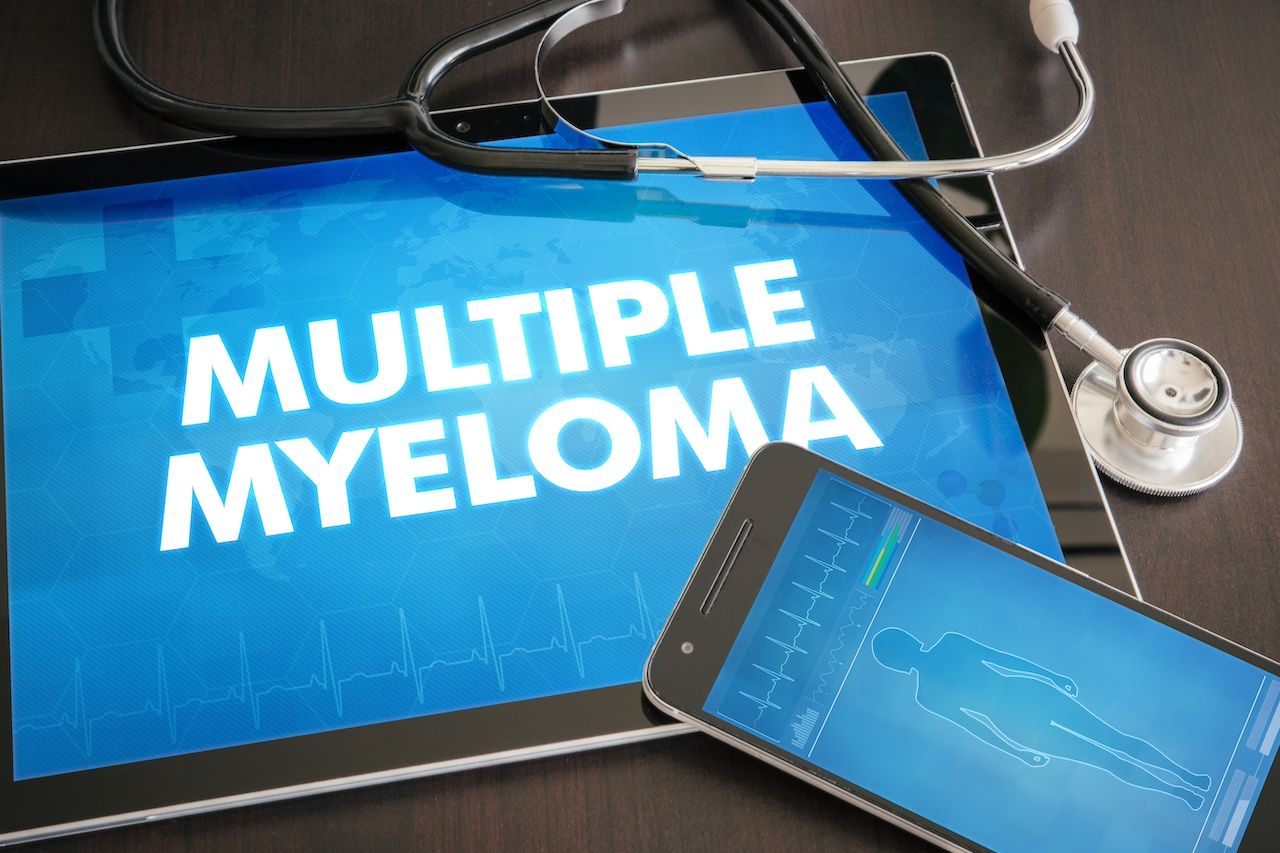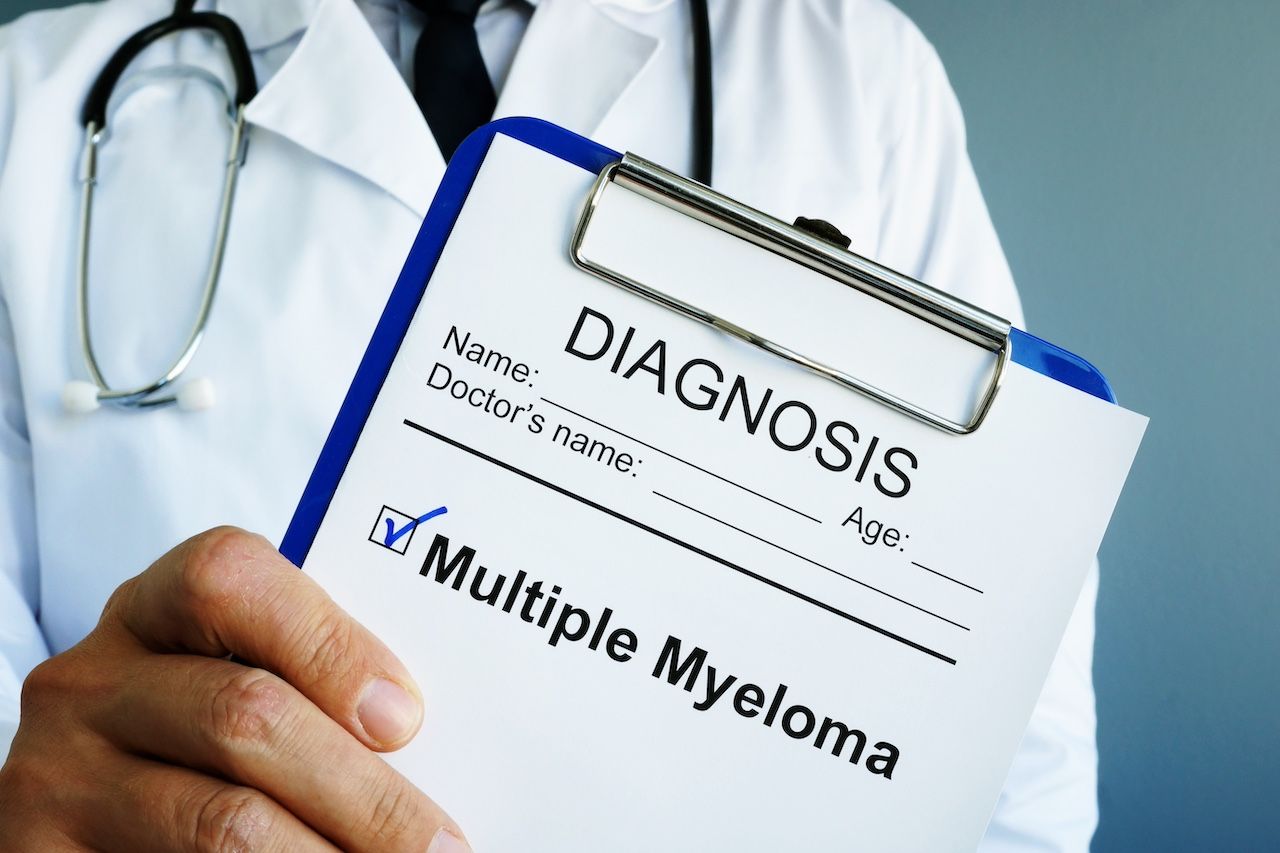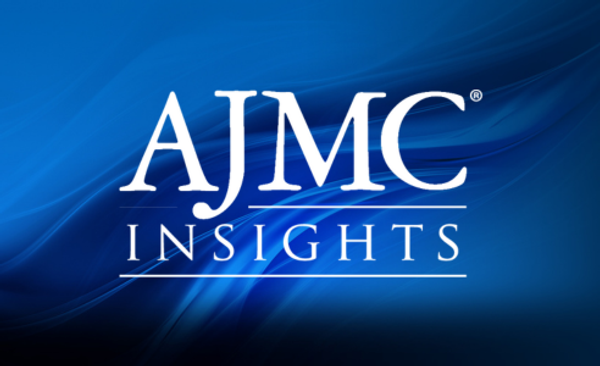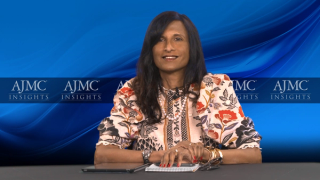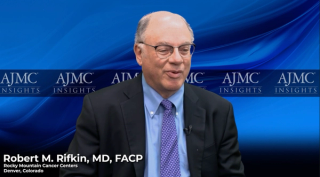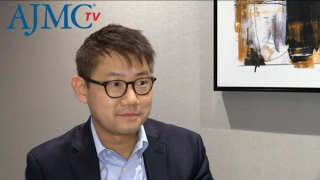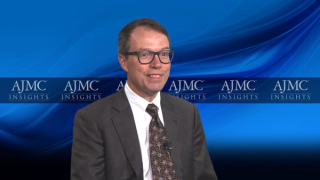
Multiple Myeloma
Latest News
Latest Videos

CME Content
More News
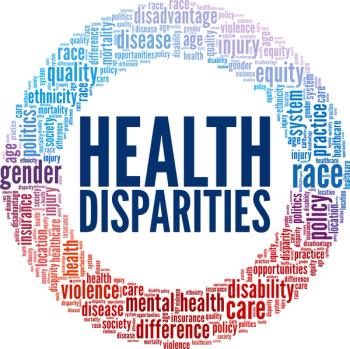
A claims-based study analyzing Medicare beneficiaries with multiple myeloma found that racial disparities still impact treatment in this patient population.
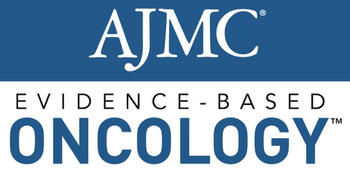

This literature review investigated outcomes related to relapsed/refractory multiple myeloma (MM) among patients 65 years and older.

Patients with multiple myeloma are living longer; therefore, their lifelong treatment expenses can become burdensome.

A qualitative interview study gauged patients’ experiences with belantamab mafodotin, which is used to treat relapsed/refractory multiple myeloma (RRMM) following failure on at least 4 prior therapies.

Real-world patients were on average older and had more comorbidities than those in clinical trials, factors previously seen in comparisons between patients in clinical trials and real-world settings.

The most-read articles from the 2023 European Hematology Association (EHA) Annual Meeting covered the most up-to-date treatment strategies for hematological malignancies, racial disparities in treatment patterns for blood cancers, and updates on immunotherapy as a tool in hematologic oncology.

Regeneron officials say they are on track to file for FDA approval for the bispecific antibody by the end of 2023.
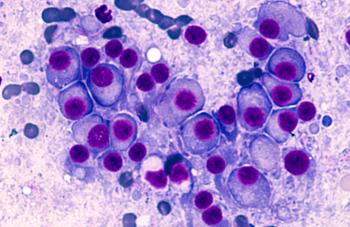
Real-world data presented at the 2023 American Society of Hematology Annual Meeting and Exposition showed similar toxicity profiles and outcomes among older and younger patients with multiple myeloma (MM) treated with teclistamab.
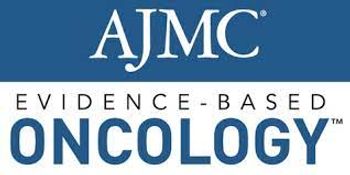
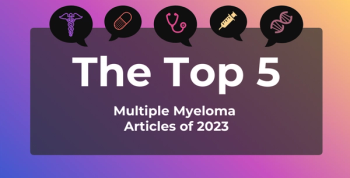
Our top multiple myeloma (MM) content this year included research suggesting many patients still face poor prognoses despite advances, a case study of unique MM presentation, and research presented at the 2022 American Society of Hematology Annual Meeting.
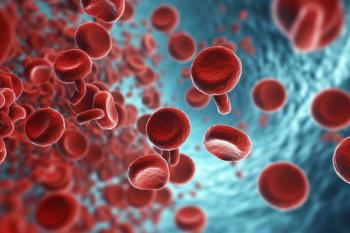
Dose modifications of talquetamab improved on-target adverse effects while maintaining responses for patients with relapsed/refractory multiple myeloma.

The results indicated that a substantial proportion of patients, particularly in rural, less educated, and elderly demographics, are insufficiently informed about novel MM treatments, including chimeric antigen receptor (CAR) T-cell therapies and bispecific antibody alternatives.

A real-world analysis found that patients with acute coronary syndrome who were also diagnosed with a hematologic malignancy had worse survival outcomes, and patients with multiple myeloma were overrepresented in the population.
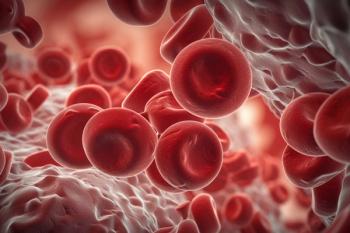
A real-world study suggests high-dose chemotherapy followed by autologous stem cell transplantation (ASCT) is feasible for appropriately selected elderly patients, with similar results seen in older and younger patients.
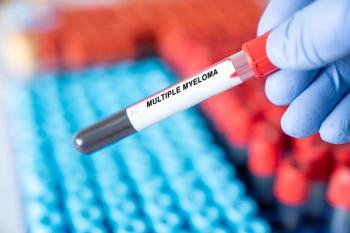
Second-line treatment with belantamab mafodotin plus bortezomib/dexamethasone in patients with relapsed/refractory multiple myeloma is supported by findings from the phase 3 DREAMM-7 study.

A cohort study of 65 clinical trials in multiple myeloma found that toxic effects are often described with subjective terminology that may not reflect adverse event rates reported in the studies.

The study findings provide the first in-depth look at the relationship between chromosomal changes in tumor cells and immune components of the tumor microenvironment.

The findings suggest the presence of CHIP before HCT may have potential to serve as a biomarker for CVD risk after HCT in patients with multiple myeloma.

While response and safety may vary across racial and ethnic subgroups, progression-free survival and overall survival does not appear to differ when chimeric antigen receptor T-cell therapy is used in the treatment of patients with multiple myeloma.

Investigators found that myeloma cells may lose or change targets and subsequently go undetected by these therapies, suggesting that screening for such changes regularly could help guide treatment.
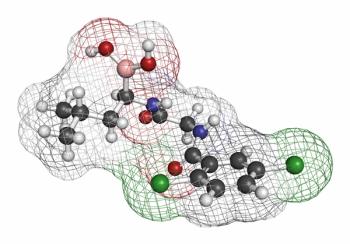
A study of patients with relapsed or refractory (R/R) multiple myeloma who received ixazomib-based therapy in real-world settings found the treatment effective and tolerable in clinical practice.
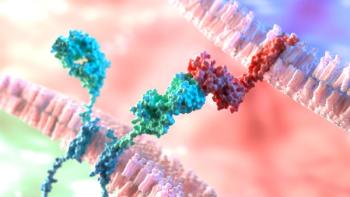
Patients with multiple myeloma exhibiting poor prognostic features, such as high-risk cytogenetics, soft-tissue plasmacytoma, ISS stage III disease, and triple-class exposure, experienced significant progression-free survival benefit with ciltacabtagene autoleucel.
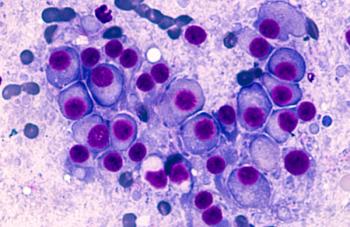
Researchers identified an optimal early relapse time point to incorporate into traditional risk features and formed a novel prognostic classification utilizing both static and dynamic risk.
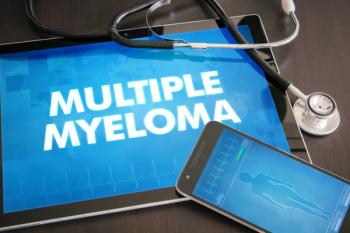
A recent study suggests that more intensive triplet therapy is more effective than less intensive doublet therapy in frail patients with newly diagnosed multiple myeloma (MM), and that more intensive treatment may even improve frailty itself.



